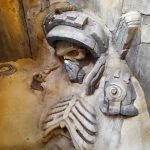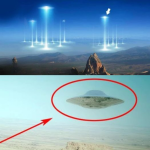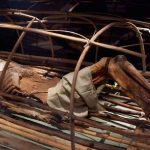Comparing Bison: Altamira’s Ancient Cave Painting with Current European Bison
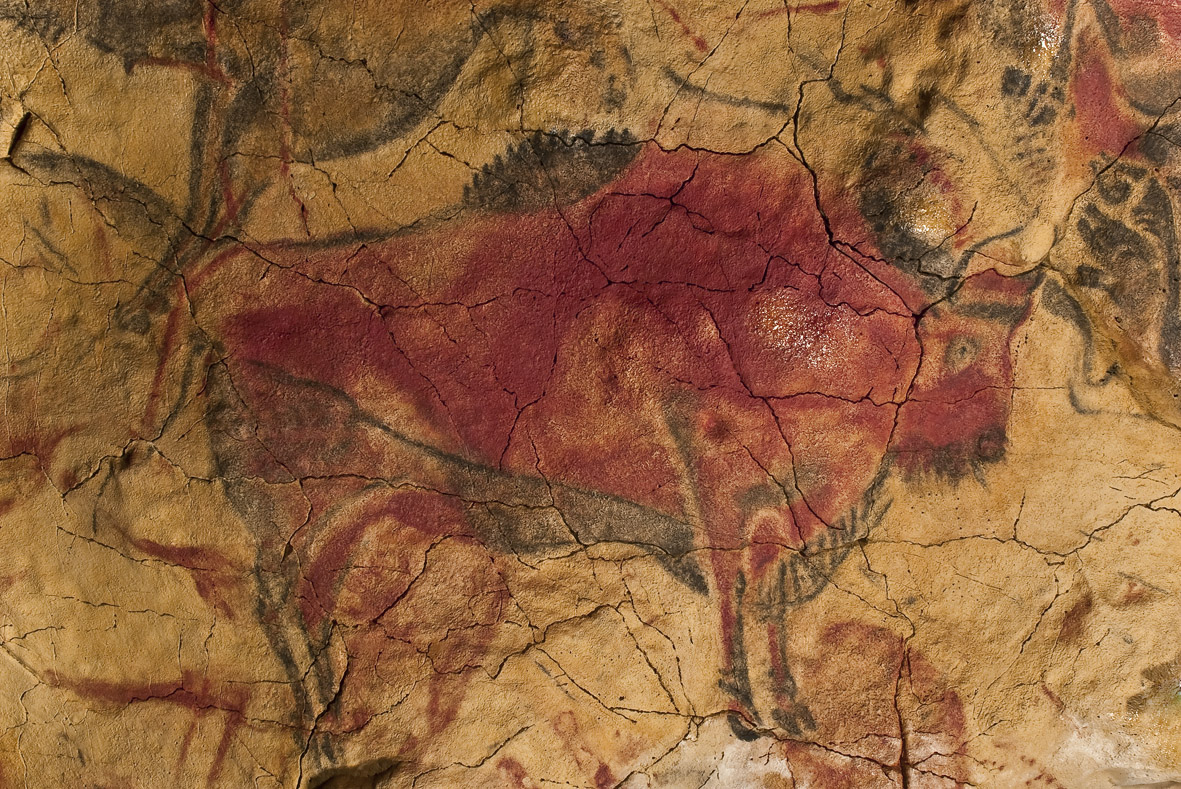
In the heart of the Altamira Cave, nestled in the rugged terrain of northern Spain, lies a testament to humanity’s enduring fascination with the natural world: a magnificent depiction of a bison, etched into the cave walls millennia ago. Dated between 35,000 and 15,000 BC, this ancient artwork stands as a testament to the creative genius of our prehistoric ancestors and offers a window into a world long past.
As we marvel at the intricacy and beauty of this prehistoric masterpiece, we are compelled to consider the bison’s role in the ancient landscape and its significance to the people who inhabited it. For the prehistoric artists who painstakingly rendered this image, the bison was more than just a subject of artistic inspiration—it was a vital part of their world, a source of sustenance, clothing, and perhaps even spiritual significance.
Fast forward to the present day, and the bison still roams the wilds of Europe, albeit in significantly smaller numbers than in prehistoric times. Once on the brink of extinction, these majestic creatures have made a remarkable comeback thanks to conservation efforts and reintroduction programs across the continent.
Today, as we observe the modern European bison in its natural habitat, we cannot help but draw parallels between its ancient counterpart and its contemporary existence. Like its prehistoric ancestor, the modern bison remains an emblem of resilience and adaptability, capable of thriving in diverse ecosystems despite the challenges it faces.
Yet, alongside these similarities, there are also stark differences that highlight the profound changes that have occurred in the natural world over the millennia. While the bison of Altamira lived in a landscape largely untouched by human intervention, today’s European bison must contend with habitat loss, fragmentation, and the encroachment of human civilization.
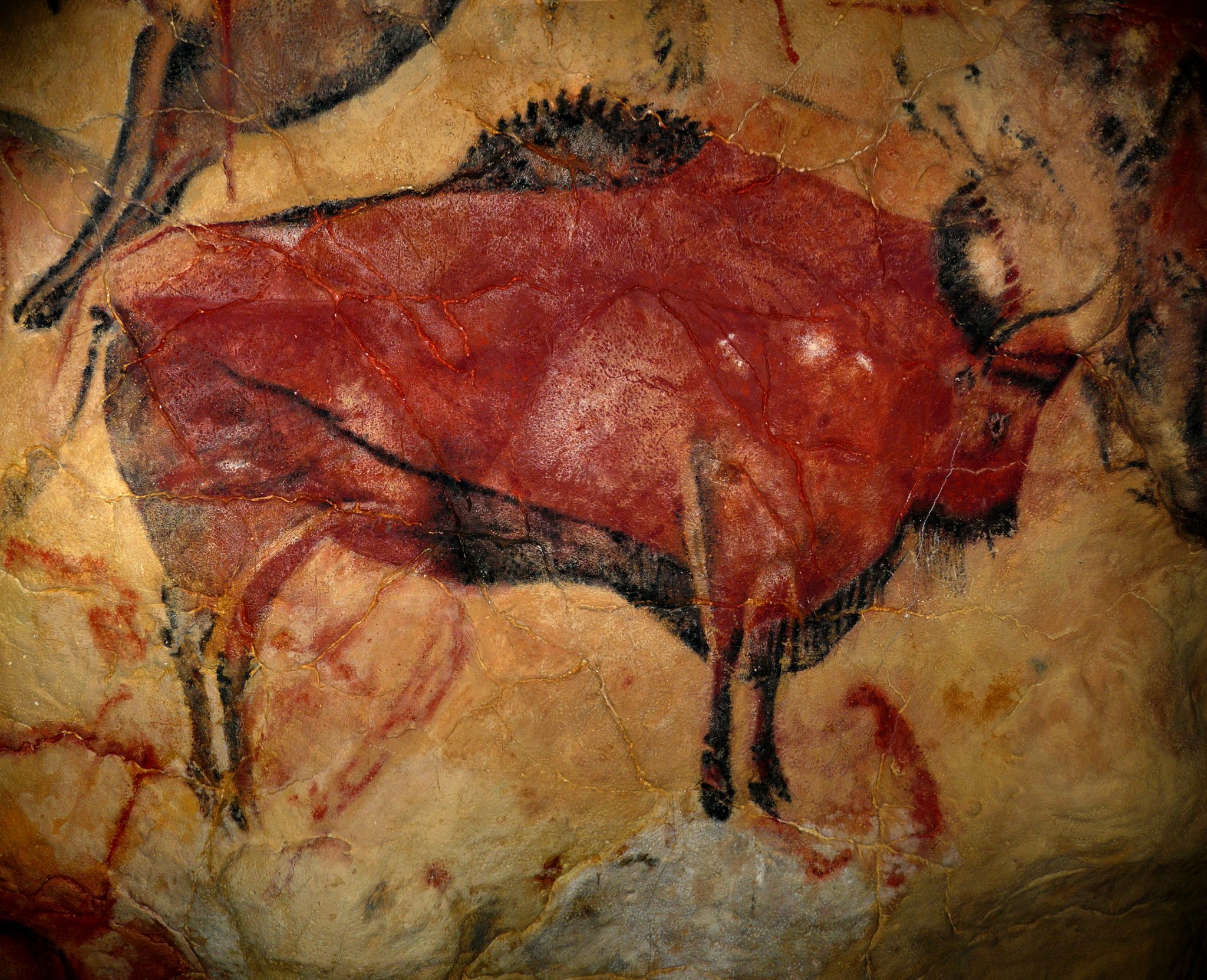
Despite these challenges, however, the bison continues to endure, a living testament to the power of nature and the resilience of life itself. Its presence in the wilds of Europe serves as a reminder of our shared heritage with the natural world and the importance of preserving the rich biodiversity that sustains us all.
As we reflect on the journey of the bison from prehistoric times to the present day, we are reminded of our responsibility to protect and conserve the precious ecosystems that support life on Earth. Whether immortalized in ancient cave art or roaming the plains of modern Europe, the bison remains a symbol of strength, endurance, and the enduring bond between humanity and the natural world.





